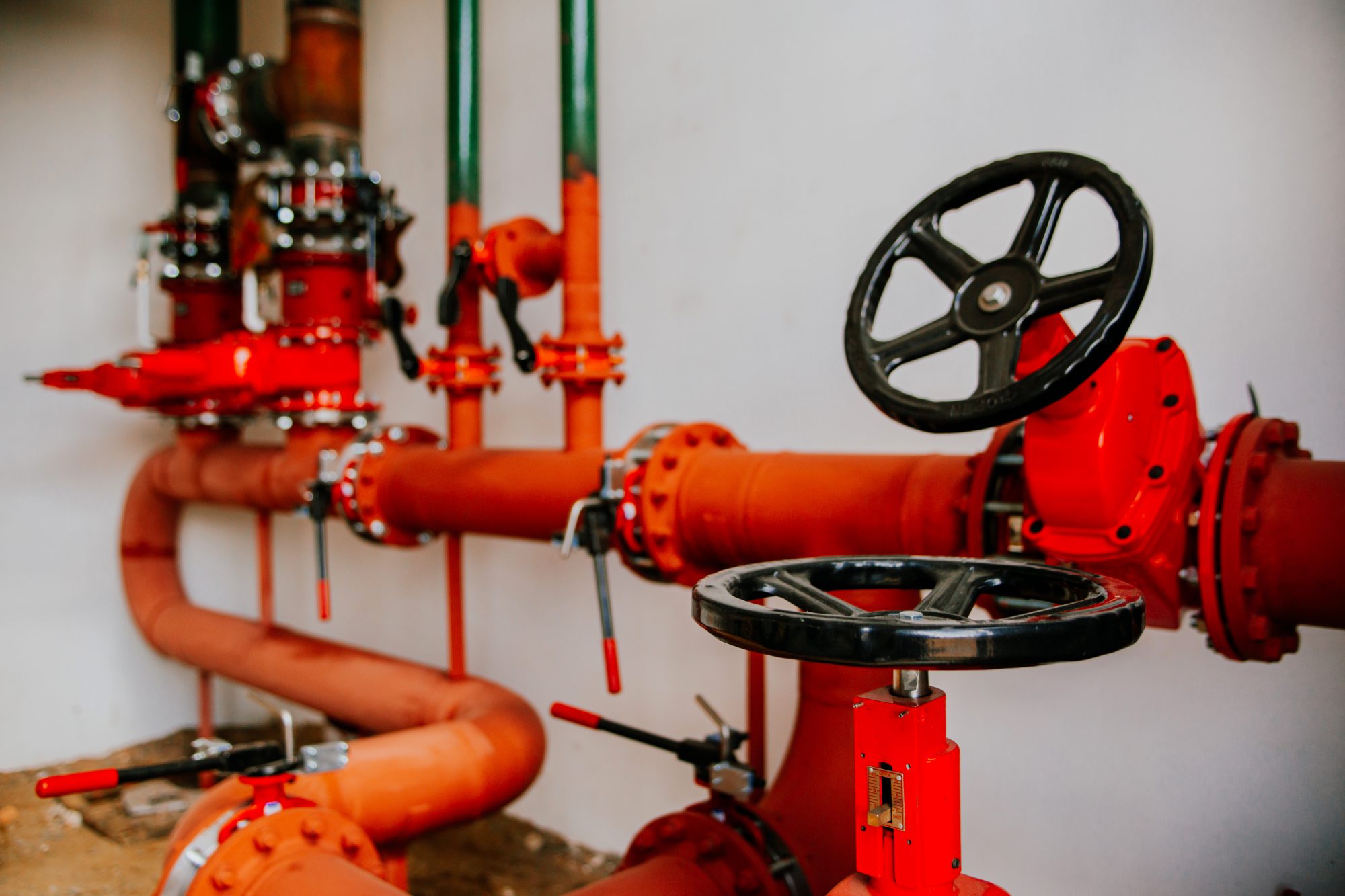Firefighting systems rely on carbon steel pipelines, prized for their durability and cost-effectiveness. However, these pipelines are highly susceptible to microbiologically influenced corrosion (MIC), a significant concern in industrial safety and maintenance. Microbial corrosion from iron-oxidizing bacteria (IOB) and sulfate-reducing bacteria (SRB) causes deterioration, leading to fractures, perforations, and nodules inside pipeline walls. If left unaddressed, MIC can compromise pipeline integrity, endanger safety, and increase maintenance costs. Fortunately, advancements in surface treatment solutions like DragX offer a promising way to enhance pipeline longevity and prevent MIC damage.
The Threat of MIC in Firefighting Systems
MIC poses a considerable threat to the firefighting industry due to the damaging interactions between metal surfaces and microbes. IOBs, which thrive in oxygen, convert ferrous ions into ferric ions, accelerating corrosion rates on metal surfaces. On the other hand, SRBs contribute to corrosion by producing hydrogen sulfide (H₂S) and iron sulfide (FeS), both of which attack metal. When these microbes coexist, corrosion accelerates even faster, leading to nodulations and weakened pipeline walls.
Pipelines in firefighting systems have high levels of ferrous ions, which is ideal for IOB growth, and MIC from IOBs is common. When IOBs and SRBs coexist, corrosion damage intensifies, creating an urgent need for preventive solutions.
How DragX Enhances Corrosion Resistance
While MIC has traditionally required extensive maintenance to control, DragX introduces a new level of defense through its advanced surface treatment properties. By applying DragX, firefighting pipelines gain a robust barrier that mitigates microbial impact and shields against corrosion from within. Here’s how DragX provides superior corrosion protection:
- Prevention of Microbial Colonization: DragX’s surface properties inhibit microbial attachment, reducing the buildup of biofilms that contribute to corrosion.
- Resilience Against Environmental Factors: Unlike traditional coatings that deteriorate under aggressive conditions, DragX is designed to withstand fluctuating environments, maintaining a stable barrier and preventing direct microbial interaction with the metal.
- Durability Under Pressure: Firefighting pipelines often face varying pressures and temperatures. DragX’s adaptive coating remains resilient, enhancing the overall durability of the pipeline and reducing the need for constant maintenance.
Why Choose DragX for Firefighting Pipelines?
Investing in DragX as a preventative solution offers a cost-effective approach to extending pipeline life and enhancing safety. Traditional coatings can wear over time, especially in corrosive environments. However, DragX creates a long-lasting barrier, helping facilities avoid costly repairs, minimizing the risk of ruptures, and ensuring uninterrupted safety system functionality. Firefighting pipelines frequently face extreme conditions, so DragX provides the reinforced protection needed for reliable performance.
Safeguarding the Future of Firefighting Systems
In firefighting applications, corrosion prevention is essential to maintaining safe, functional pipelines. MIC can quickly compromise pipeline integrity, but solutions like DragX proactively tackle microbial-induced damage. By applying DragX, facilities gain an effective, durable barrier that significantly reduces microbial interaction and extends pipeline life. For organizations committed to operational efficiency, safety, and cost savings, DragX is the ideal surface treatment for MIC prevention. Learn more about DragX with our experts.

